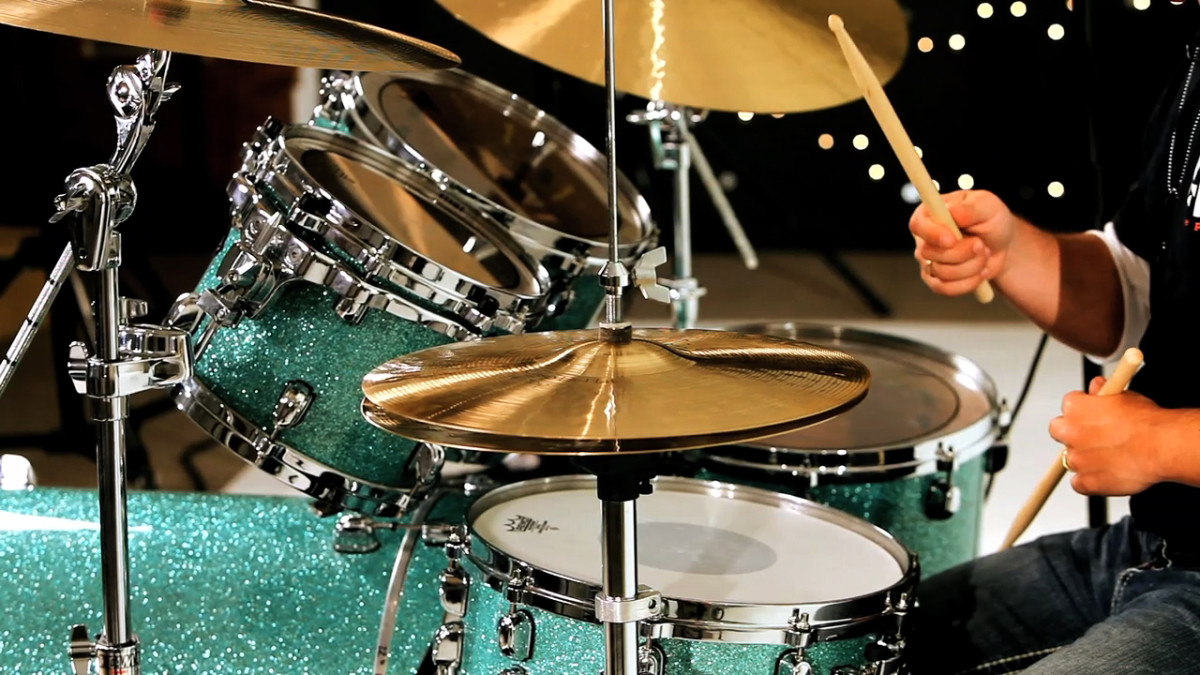Beginner Drum Lessons: Important Factors To Be Aware Of
Can you imagine the joy of learning how to play the drums? It's one of the most popular instruments, and there are tons of different styles that you can learn. Unfortunately, though, many people don't know where to start.
If you're interested in learning how to drum but don't know where or how to begin—or if you've already started playing but want some extra help—this Beginner Drum Lessons guide is for you!
How to hold a drumstick
When you’re holding a drumstick, it’s important to keep the stick parallel to the ground. Your hand should be relaxed; if it is too tense, you won’t be able to get a good grip or control over your drumming.
If you are using a mallet instead of a drumstick (which will be explained later) then use what is known as the mallet grip: place your thumb at one end of the handle, and allow your fingers to wrap around it before gripping with them as well.

Holding two sticks in one hand? There are many different ways that people hold their sticks when playing multiple drums at once. Some players prefer using two hands while others like using only one hand so they can keep time using their left foot on an electronic metronome or other pieces of equipment that can keep perfect time without distracting from what they are playing!
How to set up your practice space
Before you start learning the drums, it's important to make sure you have the right setup. You will want to make sure your practice space is well-lit, comfortable, and has enough room.
For example, if you like to sit while practicing and play on a drum set with wheels (which can be moved around), this is going to require more space than say starting out with a drum set that sits on the ground.
The drums themselves will also require some extra consideration when setting up your practice space; for example, many people prefer double bass pedals over single pedals because they provide more control over volume levels.
There are also many different kinds of snares; some which sound better than others depending on what kind of music style or genre you want to play in - making sure that all these factors are taken into account before purchasing them can save money down the road when upgrading equipment later!
How to create a regular practice schedule
The importance of a regular practice schedule cannot be overstated. Without one, you will find yourself constantly distracted with other tasks and unable to focus on your drumming goals.
To create a regular practice schedule, start by choosing a time of day when you know you'll have enough uninterrupted time to dedicate to practicing your drums. Then, decide how long it will take for you to accomplish all the things you want to work on in that session (you may need multiple sessions). Once these two decisions are made, write down your chosen practice times and start scheduling them into your calendar!
Conclusion
We hope you're excited about Beginner Drum Lessons, and we wish you luck on your journey. Remember: the more you practice, the better you'll get at playing!
Source by : Beginner Drum Lessons: Important Factors To Be Aware Of

Comments
Post a Comment